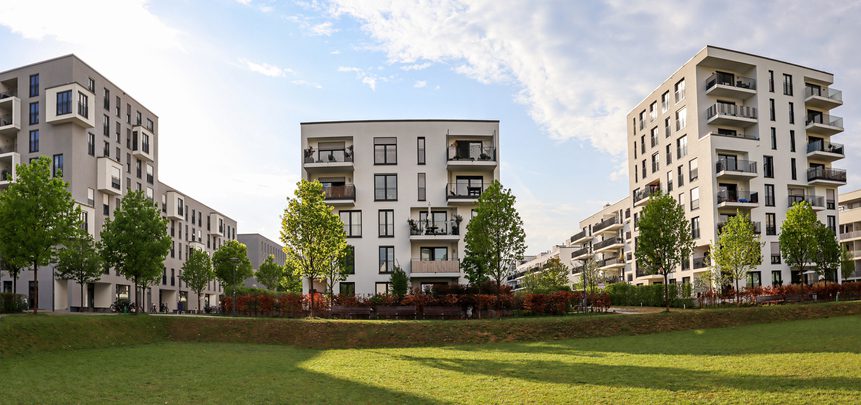As a rule of thumb, investment real estate is purchased for three reasons: income, appreciation and tax shelter. Cash flow and appreciation arguably play the biggest role in determining the worthiness of an asset, though sheltering income can often be equally important. Aside from writing off expenses, depreciation plays a vital part in the overall strength and viability of an investment.
Since multifamily is considered by many to be the safest commercial asset class, the going-in returns are frequently the lowest. With the looming threat of income tax increases, owners must capitalize on all possible ways of maximizing the profitability of a property, especially in the first years of ownership.
One of those ways is cost segregation.
Instead of calculating the depreciation of an apartment building the traditional way of dividing the improved value by 27.5 years, a cost segregation study divides a property into distinct components and allows owners to depreciate an asset over a shorter period of time. These components are separated into different categories, which are depreciated at various rates.
The result is an accelerated depreciation schedule, which can reduce the amount of taxable income and increase the after-tax cash flow considerably.
The main categories are personal property, land improvements, building/structure, and land assets.
WHAT IS PERSONAL PROPERTY?
Personal property can be furniture, equipment, carpeting, fixtures, camera systems, phone lines, and signage, among others. There are also certain components that may not seem like personal property but in fact could be, such as flooring, countertops and dedicated electrical lines (i.e., for computer equipment or supplemental HVAC). These may be depreciated over five or seven years.
Land improvements can be landscaping, parking lots, sidewalks and fences. These may be depreciated over 15 years.
Examples of building/structure are the foundation and roof. These are depreciated over 27.5 years.
Land assets are not depreciated.
While the total dollar amount of depreciation at the end of the 27.5 years will be the same whether it is calculated the traditional way or via cost segregation, the segregated method will allocate the bulk of the depreciation where it matters most—upfront.
A cost segregation study can be extremely valuable whether your hold horizon is short or forever. For those with a shorter horizon, a significant portion of entire depreciation may be captured during the hold. For those that have a long horizon, not only will it increase the upfront cash flow but it is also a way to hedge against inflation. After all, money 15 years from now will not be worth as much as it is today.
Cost segregation studies range from around $5 to $15,000. If a study costs $10,000 and yields a net present value benefit of $250,000, that’s a 25x return on investment.
Sounds worth it to me.
Mark Ventre is a senior vice president at Stepp Commercial.

